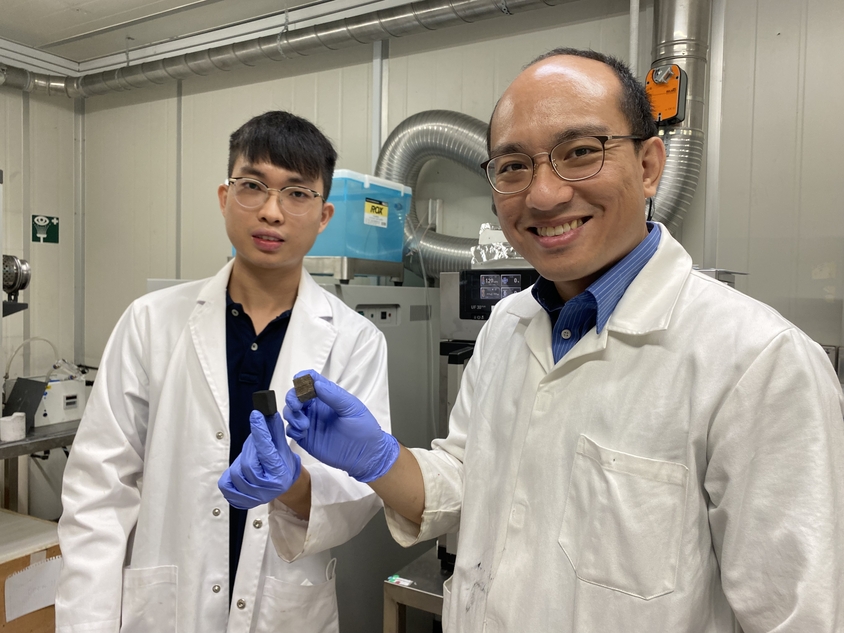
Scientists from NTU Singapore have developed a technique to convert waste paper, from single-use packaging and bags, and cardboard boxes, into a crucial component of lithium-ion batteries.
Through a process called carbonisation which converts paper into pure carbon, the NTU researchers turned the paper’s fibres into electrodes, which can be made into rechargeable batteries that power mobile phones, medical equipment, and electric vehicles.
To carbonise the paper, the team exposed the paper to high temperatures, which reduces it to pure carbon, water vapour and oils that can be used for biofuel. As carbonisation takes place in the absence of oxygen, this emits negligible amounts of carbon dioxide, and the process is a greener alternative to disposing of kraft paper through incineration, producing large amounts of greenhouse gasses.
The carbon anodes produced by the research team also demonstrated superior durability, flexibility, and electrochemical properties. Laboratory tests showed that the anodes could be charged and discharged up to 1,200 times, which is at least twice as durable as anodes in current phone batteries.
The batteries that use the NTU-made anodes could also withstand more physical stress than their counterparts, absorbing crushing energy up to five times better.
Source
Nanyang Tecnological University, press release, 2022-11-23.
Supplier
Nanyang Technological University (Singapore)
Share
Renewable Carbon News – Daily Newsletter
Subscribe to our daily email newsletter – the world's leading newsletter on renewable materials and chemicals









